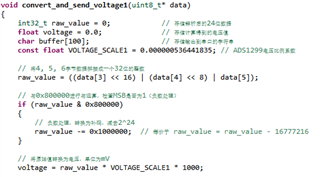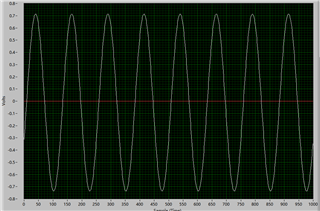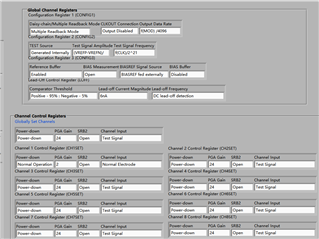Other Parts Discussed in Thread: ADS1299
Tool/software:
Hi,
I used channel 1 of ADS1299 to test a sine function I generated myself. The frequency of the sine function was 2Hz and the amplitude was 0.3Vrms. The waveform I saw in the ADS1299 GUI was the white waveform. The strange thing was that its maximum value was about 0.9V. I wanted to know why this was because the PGA gain of my channel 1 was 1, without any amplification.
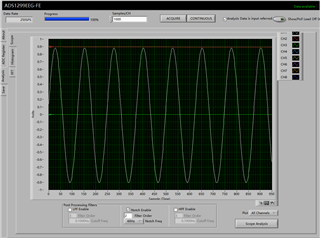
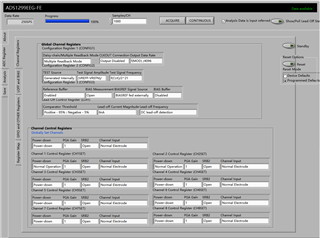
Regards,
Junzhe



